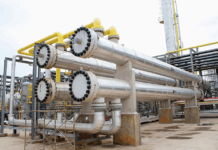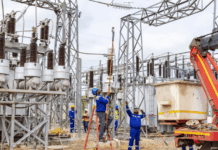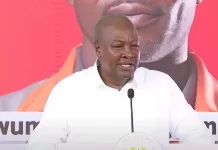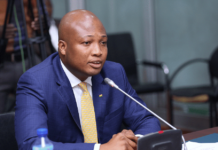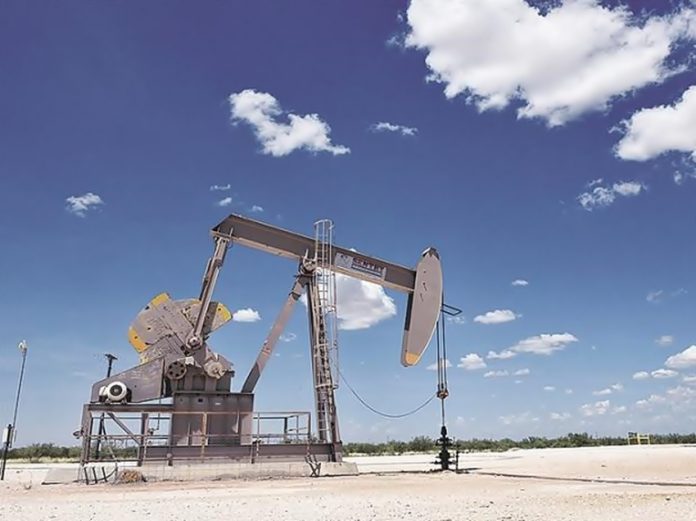
Following the series of crude oil production cuts by OPEC+ since last October, its Joint Ministerial Monitoring Committee (JMMC) is due to meet on 3 August to assess the state of the global oil market, according to several industry sources spoken to exclusively by OilPrice.com last week.
OPEC+ says that it expects the oil market to become tighter in the second half of this year, which would naturally put upwards pressure on oil prices. In theory, then, if the group’s core aim is to balance oil markets, as it also says, then the JMMC would recommend no further cuts in OPEC+ production.
In reality, though, attempting to balance the global oil market is not one of the group’s principal aims, so another additional cut in production is entirely possible.
Since the creation of OPEC in September 1960, its main aim – and that of its successor OPEC+ – has been to keep oil prices as high as possible for as long as possible, without jeopardising its relationships with core clients and/or geopolitical sponsors. OPEC’s longstanding de facto leader Saudi Arabia needs prices as high as possible because it is still suffering from the deep structural financial damage it incurred during the 2014-2016 Oil Price War that it started, as analysed in depth in my new book on the new global oil market order.
This damage was worsened with the 2020 Oil Price War that it also started. In basic terms, Saudi Arabia moved from a budget surplus before the 2014-2016 War to a then-record high deficit in 2015 of US$98 billion. It also spent at least US$250 billion of its precious foreign exchange reserves in that period that even senior Saudis said was lost forever.
The need to plug at least part of these huge losses led to the idea of floating part of Saudi Arabia’s corporate crown jewel – Aramco. However, so toxic was the investment environment the Kingdom had created with the 2014-2016 War that it had to guarantee to pay crippling dividends on Aramco shares to induce anyone to buy them.
Ultimately, Saudi Arabia was left with having to pay out dividends to shareholders of US$18.75 billion every single quarter of every single year – a total of US$75 billion each year. In other words, Aramco was left to pay out every year around three times the entire amount that it received for the entire IPO in the first place.
Saudi Arabia needs oil prices to be high enough not just to cover the appalling financial legacy of its disastrous oil price wars but also to bankroll the vast array of socio-economic projects required to keep its royal family in power.
This is especially true given the effective end of its core relationship with the U.S., as it has moved firmly into the China-Russia sphere of influence since the end of the 2014-2016 Oil Price War, as also analysed in depth in my new book on the new global oil market order. This relationship with the U.S. was the basis for Saudi Arabia’s military and economic security – and was also vital to keeping the royal family in power – from when the deal was struck on 14 February 1945 between U.S. President Franklin D. Roosevelt and the Saudi King Abdulaziz bin Abdul Rahman Al Saud.
With that cornerstone relationship now in tatters – following the two Oil Price Wars, the addition in late 2016 of Russia to OPEC to form OPEC+, a clear path to core accession to the Shanghai Cooperation Organisation, and the relationship resumption deal with Iran, among others – Saudi Arabia’s royal family needs money to spend on projects that keep the people on their side.
Saudi Arabia enjoys the lowest lifting cost of crude oil in the world at US$1-2 per barrel (pb), the same as Iran and Iraq, but has an official fiscal breakeven oil price currently much higher than that – of US$78 pb of Brent in 2023, in fact. Unofficially, the oil price needed is much higher again, given the ever-growing list of socio-economic projects required to keep the Saudi populace broadly supportive of the royal family. In fact, the price per barrel of oil that Saudi Arabia needs is, in essence, as high as it can possibly achieve without destroying its core customer base. This task is made even more difficult by the role that Russia now plays in OPEC+.
For decades, Russia had a fiscal breakeven oil price of around US$40 pb – around the same level at which many of the U.S.’s better shale oil producers can begin to make a decent profit. Given the various negative consequences of its invasion of Ukraine in February 2022, this has leapt to around US$115 pb of Brent this year, according to oil industry figures. But this is not the key point.
The key point is that following the invasion, various bans and price caps were introduced on Russia’s hydrocarbons products by differing groups comprised of the U.S. and its allies, with a central one being the introduction of a general oil price cap on Russian oil at US$60 pb. This came in December 2022 from the G7 group of countries (comprising Canada, France, Germany, Italy, Japan, the U.K., and the U.S.) and from the European Union (E.U.), which is also a ‘non-enumerated’ additional member of the G7, plus Australia.
Given these factors, then, Russia’s strategy has been very straightforward, but very effective: persuade Saudi Arabia and the other core OPEC members to increase the group’s oil prices as much as possible while at the same time selling its own oil at a discount to this price – but one that it still above the official oil price cap.
The higher OPEC puts up its oil prices, the more attractive discounted Russian oil looks, and despite various sanctions still in place there are plenty of willing buyers for discounted Russian oil. China is the main one, but India is a huge buyer too – and. As also analysed in my new book on the new global oil market order, neither China nor India (nor several other major oil-buying countries) care at all about existing U.S.-led sanctions against Russia and are happy to buy cheap Russian oil.
Russia, then – which co-chairs OPEC+’s JMMC that will meet on 3 August – can be expected to push for more collective production cuts from an already-willing Saudi Arabia, which is the other co-chair of the Committee. Russia, with the support of China, has another reason behind pushing Saudi Arabia towards ever-increasing oil prices, which is that it incenses the U.S. and its allies in the West and the East.
The U.S. has two key reasons it fears such an upwards oil price spiral: one economic and one political. The economic one is that historically every US$10 pb change in the price of crude oil results in a 25-30 cent change in the price of a gallon of gasoline. For every 1 cent that the average price per gallon of gasoline rises, more than US$1 billion per year in consumer spending is lost and the U.S. economy suffers.
The political one is that, according to statistics from the U.S.’s National Bureau of Economic Research, since the end of World War I in 2018, the sitting U.S. president has won re-election 11 times out of 11 if the U.S. economy was not in recession within two years of an upcoming election.
However, sitting U.S. presidents who went into a re-election campaign with the economy in recession won only one time out of seven. This is not a position sitting President Joe Biden, or the Democratic Party, wants to be in one year out from the next U.S. election.
Oilprice.Com







